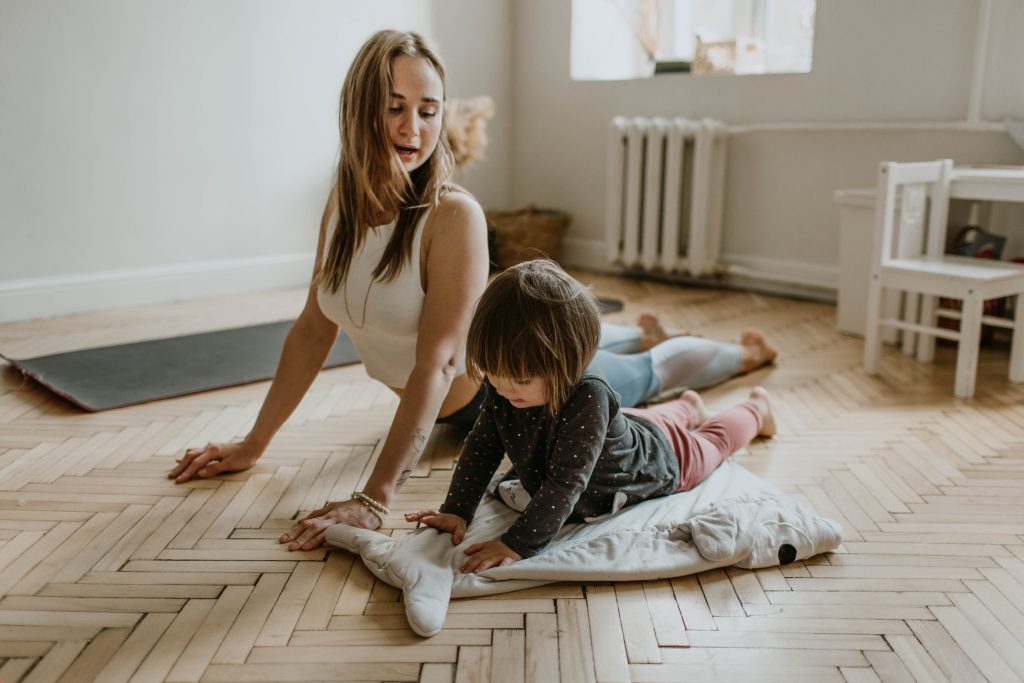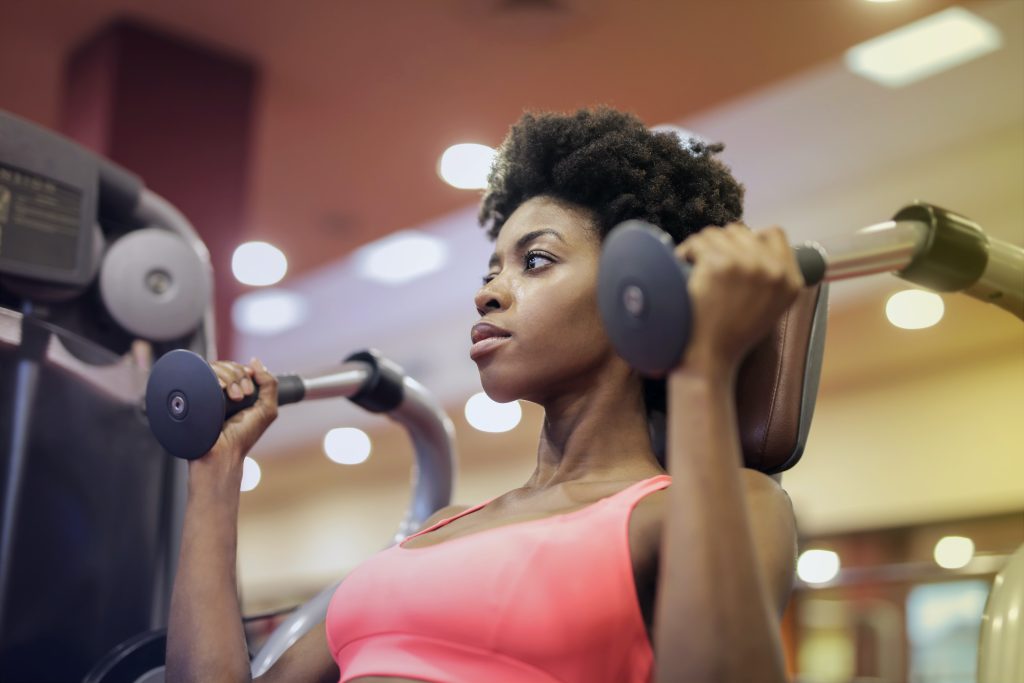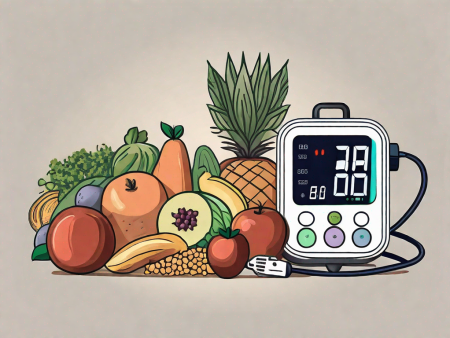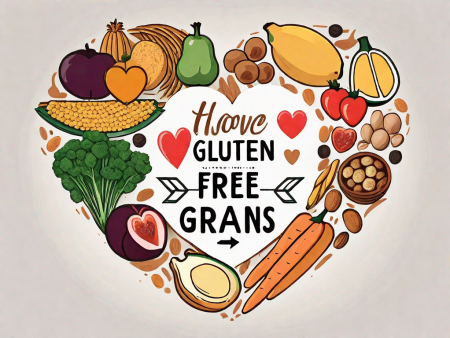Discover if there are age-specific exercise recommendations in this informative article.
Are There Age-Specific Exercise Recommendations?

We all know that exercise is important for our health and well-being. But have you ever wondered if there are specific exercise recommendations for different age groups? In this article, we will explore the fascinating world of age-specific exercise and discover why it’s never too early or too late to get moving!
Understanding the Importance of Age-Specific Exercise
Exercise plays a crucial role in every stage of life. From childhood to old age, staying active helps us maintain a healthy weight, strengthen our muscles and bones, improve our cardiovascular health, and boost our mental well-being. But the benefits of exercise go beyond physical fitness, as it also helps us develop valuable skills such as discipline, perseverance, and teamwork.
When it comes to exercise, one size does not fit all. The needs and abilities of individuals vary depending on their age and life stage. Understanding the importance of age-specific exercise can help us tailor our fitness routines to maximize the benefits and minimize the risks.
The Role of Exercise in Different Life Stages
As we journey through life, our bodies and abilities change. During childhood and adolescence, exercise is essential for promoting optimal growth and development. It helps children build strong bones, improve coordination and balance, and enhance cognitive function. Engaging in age-appropriate physical activities, such as running, jumping, and playing sports, not only keeps children active but also fosters social interaction and builds self-confidence.
In adulthood, regular physical activity helps reduce the risk of chronic diseases like heart disease, diabetes, and certain types of cancer. It improves cardiovascular fitness, strengthens muscles, and enhances flexibility. Engaging in activities such as brisk walking, swimming, cycling, or participating in fitness classes can help adults maintain a healthy weight, manage stress, and improve overall well-being.
As we enter our golden years, exercise becomes even more important in maintaining our independence, preventing falls, and supporting a healthy brain. Older adults can benefit from activities that focus on improving balance, flexibility, and strength. Yoga, tai chi, and water aerobics are examples of exercises that are gentle on the joints while providing numerous health benefits.
Age and Physical Fitness: A Complex Relationship
While exercise is beneficial for everyone, age can influence our physical fitness levels. It’s important to note that aging does not automatically mean a decline in fitness; rather, it highlights the need to adapt and modify our exercise routines to suit our changing bodies. The key lies in finding activities that are enjoyable, challenging, and appropriate for our age and fitness level.
For older adults, it’s crucial to focus on exercises that improve balance and prevent falls. Strength training exercises can help maintain muscle mass and bone density, reducing the risk of fractures. Engaging in activities that promote cognitive function, such as puzzles, memory games, or learning a new skill, can also contribute to overall well-being.
Regardless of age, it’s important to listen to our bodies and make adjustments as needed. Consulting with a healthcare professional or a certified fitness trainer can provide valuable guidance in developing a safe and effective exercise routine.
In conclusion, exercise is a lifelong journey that evolves with age. By understanding the importance of age-specific exercise and making appropriate modifications, we can continue to reap the physical, mental, and emotional benefits of staying active throughout our lives.
Exercise Recommendations for Children and Adolescents
When it comes to children and adolescents, exercise is more than just a way to burn off energy. It sets the foundation for a lifetime of healthy habits. Encouraging kids to engage in activities they enjoy, such as sports, dance, or outdoor play, not only promotes physical fitness but also instills a love for movement that can last a lifetime.
Physical activity offers a multitude of benefits for young people. Besides improving cardiovascular health and building strong muscles and bones, exercise helps children and adolescents manage stress, sleep better, and enhance their cognitive abilities. Additionally, participating in team sports teaches important life skills like teamwork, leadership, and perseverance.
As children grow and develop, their exercise needs change. Toddlers and preschoolers require a mix of free play, structured activities, and active games to enhance their motor skills and coordination. It is important to provide them with a variety of activities that allow them to explore their physical abilities and develop their gross and fine motor skills.
For school-age children, it is recommended that they engage in at least 60 minutes of moderate-to-vigorous physical activity every day. This can include activities like biking, swimming, playing team sports, or participating in dance classes. It is important to provide them with opportunities to try different activities and find what they enjoy the most.
Adolescents have unique exercise needs as well. It is crucial to find activities that they enjoy and feel motivated to continue. Whether it’s dancing, martial arts, or joining a sports team, finding something they are passionate about will help them stay active and engaged. Adolescence is a time of physical and emotional changes, and exercise can play a vital role in promoting their overall well-being.
In addition to the physical benefits, exercise also has a positive impact on mental health. Regular physical activity has been shown to reduce symptoms of anxiety and depression in children and adolescents. It provides an outlet for stress and helps improve mood and self-esteem. Encouraging young people to prioritize exercise as part of their daily routine can have long-lasting effects on their mental well-being.
When it comes to exercise for children and adolescents, it is important to prioritize safety. Ensuring that they have proper equipment, such as helmets and protective gear, is essential. Additionally, providing a supportive and encouraging environment where they feel comfortable trying new activities and pushing their limits can help them develop confidence and a positive attitude towards exercise.
Overall, exercise is a crucial component of a healthy lifestyle for children and adolescents. By promoting physical activity and providing opportunities for them to engage in activities they enjoy, we can help set them on a path towards a lifetime of health and well-being.
Exercise Guidelines for Adults and Seniors
As we transition into adulthood and beyond, exercise continues to play a vital role in our overall health and well-being. The good news is that it’s never too late to start or modify our exercise habits. No matter our age or fitness level, there are exercises and activities suited to our needs and preferences.
Regular physical activity has numerous health benefits for adults. It helps control weight, reduces the risk of chronic diseases, improves mental health, and boosts overall energy levels. Engaging in moderate-intensity activities like brisk walking, cycling, or dancing for at least 150 minutes per week is recommended. These activities not only improve cardiovascular health but also help strengthen muscles and improve flexibility.
But what about the impact of exercise on our mental health? Research has shown that physical activity can have a positive effect on our mood and mental well-being. It can reduce symptoms of anxiety and depression, improve cognitive function, and enhance overall quality of life. So, in addition to the physical benefits, exercise can also contribute to our mental and emotional well-being.
The Impact of Exercise on Adult Health
For adults, regular physical activity has numerous health benefits. It helps control weight, reduces the risk of chronic diseases, improves mental health, and boosts overall energy levels. Engaging in moderate-intensity activities like brisk walking, cycling, or dancing for at least 150 minutes per week is recommended. Strength training exercises, such as lifting weights, are also crucial for maintaining muscle mass and bone density.
Strength training exercises are not just for bodybuilders or athletes. They are important for adults of all ages as they help maintain muscle strength and prevent age-related muscle loss. By incorporating strength training into our exercise routine, we can improve our balance, stability, and overall functional fitness. It’s never too late to start strength training, and even small changes can make a big difference in our overall health and well-being.
In addition to the physical benefits, exercise also has a positive impact on our cognitive function. Research suggests that regular physical activity can improve memory, attention, and problem-solving skills. It can also reduce the risk of cognitive decline and improve overall brain health. So, by staying physically active, we not only take care of our bodies but also support our brain health as we age.
Adapting Exercise Habits for Aging Bodies
As we age, it’s essential to listen to our bodies and make adaptations as needed. Low-impact activities like swimming, yoga, or tai chi are gentle on the joints while providing an excellent workout. These activities help improve flexibility, balance, and coordination, which become increasingly important as we get older.
Balance and flexibility exercises become increasingly important to prevent falls and maintain mobility. By incorporating exercises that focus on balance and flexibility into our routine, we can improve our stability and reduce the risk of falls. Tai chi, in particular, has been shown to be effective in improving balance and reducing the risk of falls in older adults.
Adjusting the intensity and duration of exercise sessions to match our fitness level can help us stay active and healthy well into our golden years. It’s important to listen to our bodies and not push ourselves too hard, especially if we have any underlying health conditions. By finding the right balance between challenging ourselves and taking care of our bodies, we can continue to enjoy the benefits of exercise as we age.
It’s also worth mentioning that exercise can be a social activity. Joining group exercise classes or participating in sports can provide opportunities for social interaction and connection, which is important for our mental and emotional well-being. So, not only does exercise benefit our physical health, but it also has the potential to enhance our social life and overall happiness.
Overcoming Barriers to Exercise at Different Ages
At any age, there can be barriers that prevent us from being as active as we’d like. It’s crucial to address these barriers and find solutions that work for us, allowing us to embrace the joy of movement and reap the benefits of regular exercise.
Addressing Common Exercise Myths and Misconceptions
While there is plenty of information available about exercise, it’s important to separate fact from fiction. Don’t let common myths and misconceptions discourage you from being active. Remember that exercise is a personal journey, and what works for someone else may not work for you. Consult with a healthcare professional to get accurate information tailored to your unique needs.
Strategies for Incorporating Exercise into Daily Life
Life can be busy, but that doesn’t mean we can’t find time for exercise. Incorporating physical activity into our daily routines is key to making it a habit. Whether it’s taking the stairs instead of the elevator, going for a walk during lunch breaks, or joining a fitness class with friends, finding enjoyable and convenient ways to be active can make a big difference in our overall well-being.
The Future of Age-Specific Exercise Recommendations
The field of age-specific exercise is constantly evolving as researchers explore new findings and insights. The future holds exciting possibilities as we discover the potential of personalized fitness and its impact on different age groups.

Emerging Research on Age and Exercise
Scientists continue to investigate how age influences our response to exercise and the specific benefits it provides at different stages of life. By understanding the underlying mechanisms, we can optimize exercise recommendations to maximize the overall well-being of individuals across their lifespan.
The Role of Personalized Fitness in Age-Specific Exercise
As technology advances, personalized fitness is becoming more accessible. Tailoring exercise programs to an individual’s age, preferences, and goals can optimize outcomes and enhance adherence. Whether through wearable devices, virtual coaching, or data-driven insights, the future of age-specific exercise recommendations holds tremendous potential for improving the health and lives of individuals around the world.
In conclusion, age-specific exercise recommendations are indeed important. From childhood to old age, exercise plays a crucial role in maintaining our health and well-being. By understanding the unique needs and considerations of different age groups, we can tailor exercise routines that are enjoyable, safe, and effective. So, let’s embrace the joy of movement at every stage of life and reap the countless benefits that exercise brings!







Your point of view caught my eye and was very interesting. Thanks. I have a question for you.